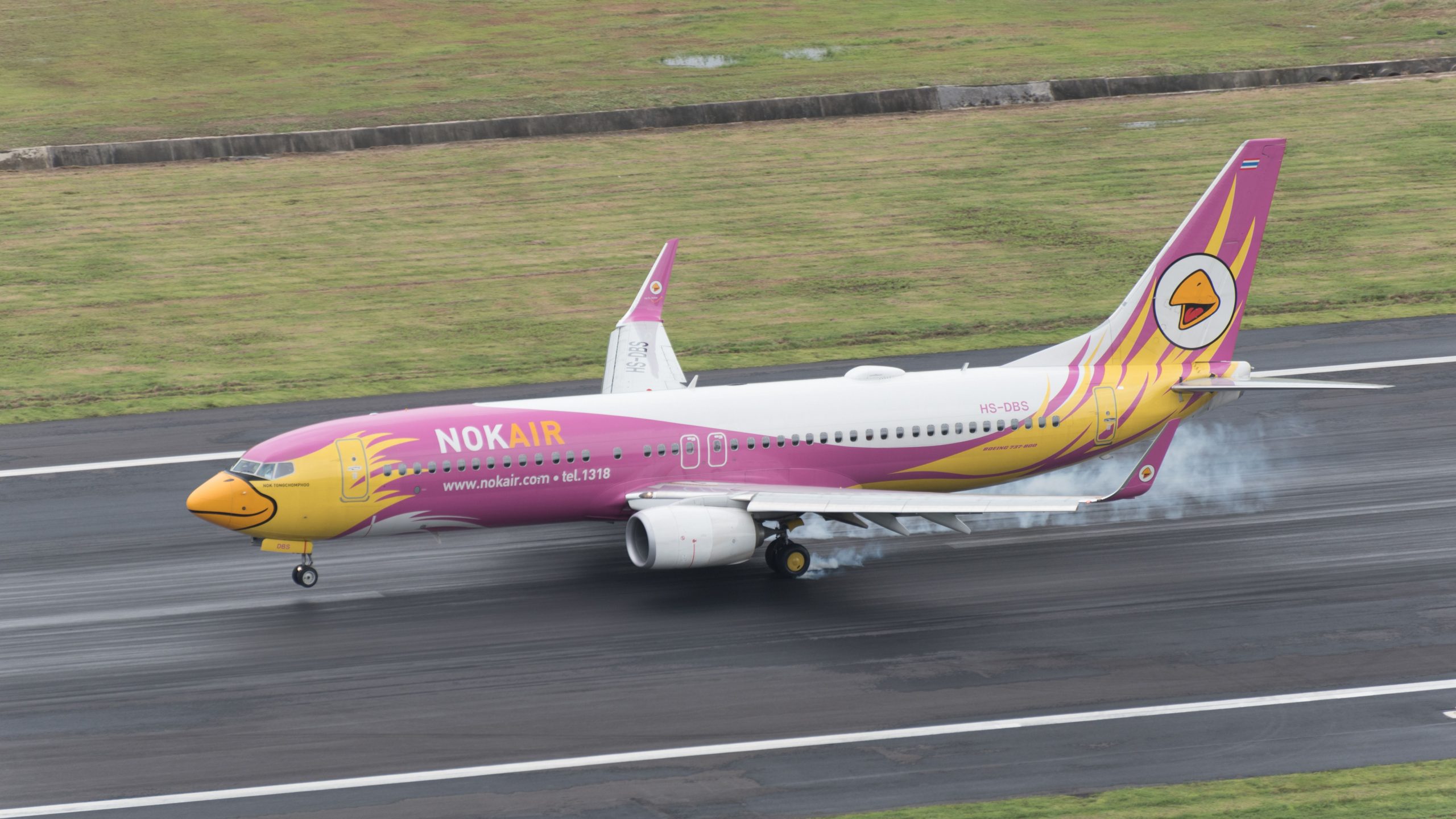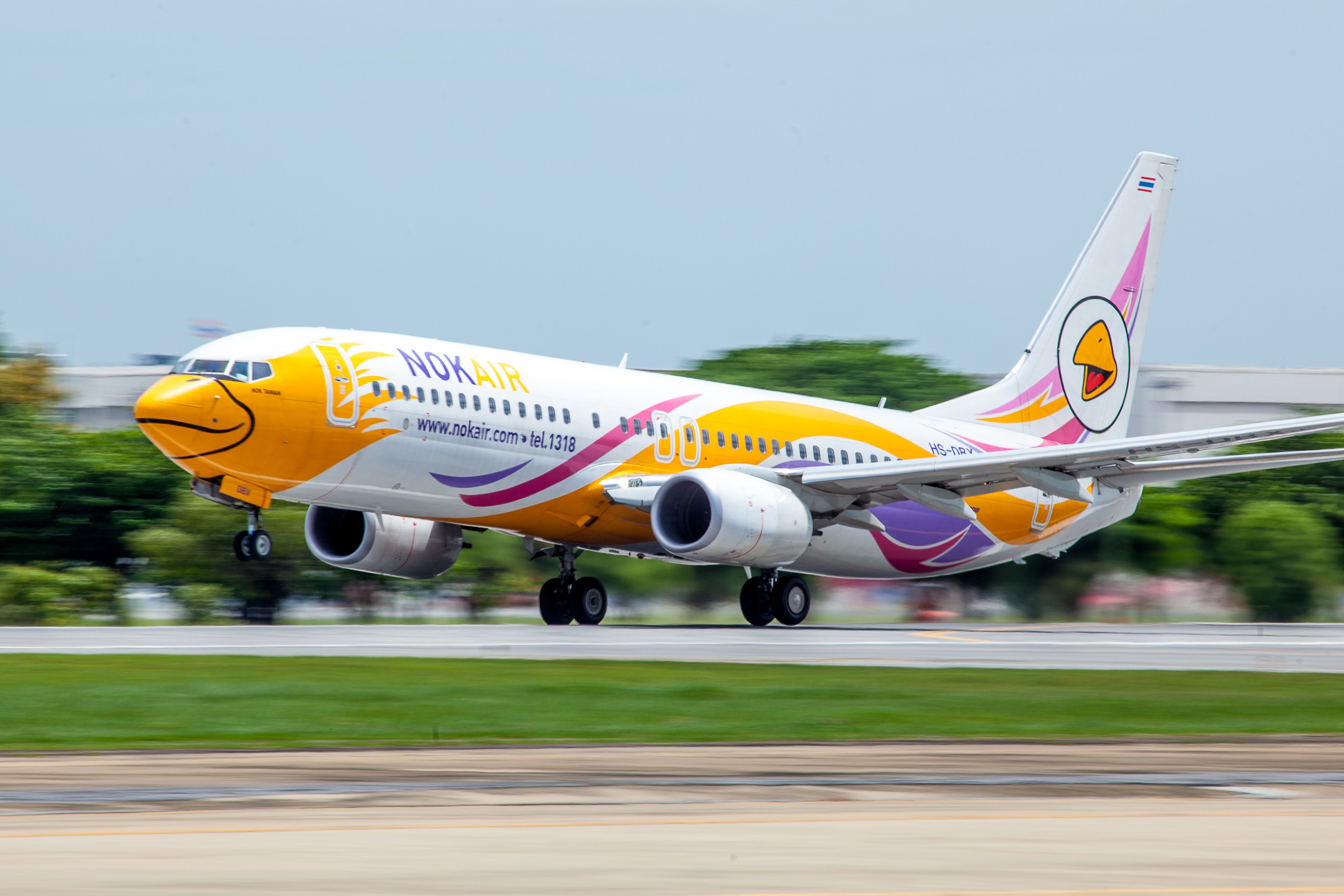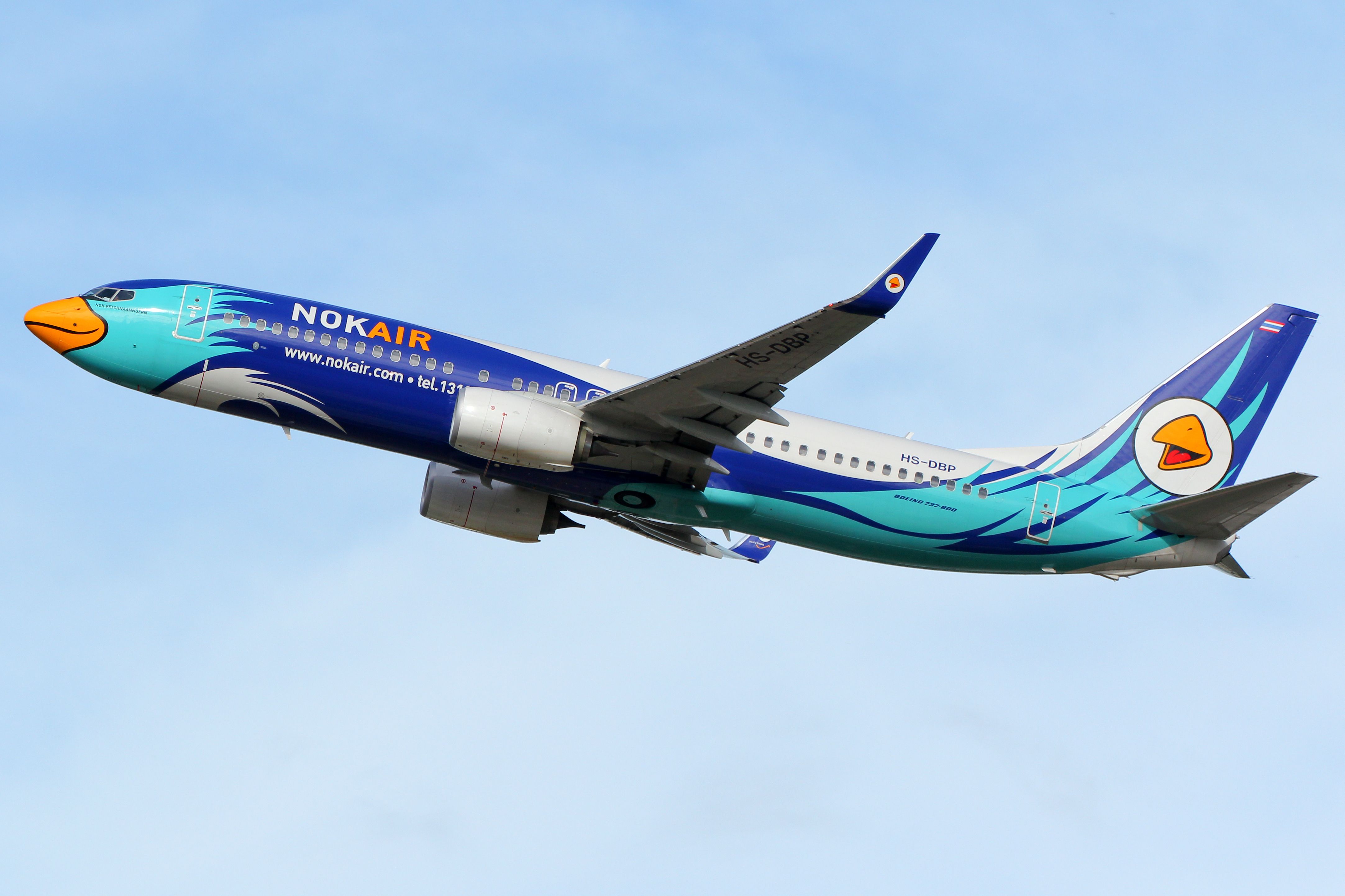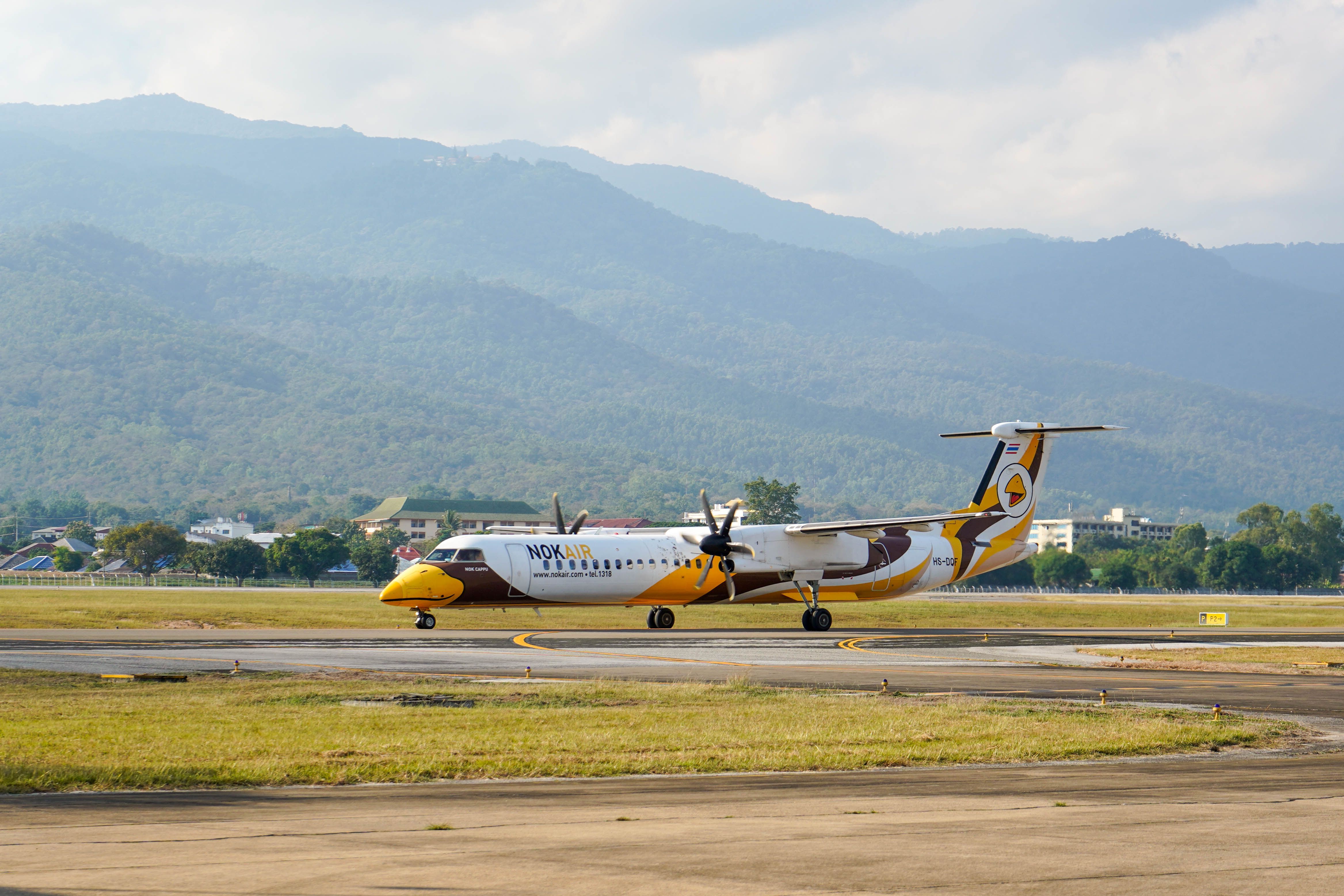Summary
- Nok Air saw a significant increase in passenger numbers and revenue in 2022, but it wasn’t enough to counter rising fuel costs, exchange rate deficits, and increased maintenance charges.
- The airline reported a 225.33% increase in passenger transportation revenue and doubled its capacity, carrying 4.98 million passengers last year.
- Despite the positive numbers, Nok Air incurred a net loss of 2.6 billion Baht, mainly due to higher fuel consumption, rising fuel costs, and increased expenses for passenger services.
Thailand’s Nok Air revealed it increased passenger numbers and revenue significantly but was still unable to make up for rising fuel costs, exchange rate deficits, and increased maintenance charges.
Bouncing back
The low-cost carrier came out of a 2021 debt restructuring following the COVID-19 crisis in a strong position to carry customers from its primary hub at Don Mueang International (DMK) in Bangkok. It increased passenger numbers dramatically and doubled capacity last year, carrying 4.98 million passengers in 2022, up from just 1.3 million the previous year.
Revenues were also up significantly. Nok Air and its subsidiaries reported a total revenue of 7.467 billion Baht ($202 million) in 2022, 17.47% higher than the previous year. The airline says this was mainly due to an increase in passenger transportation revenue, which significantly jumped by 225.33% year over year. Service revenue also more than doubled in 2022.
Photo: Komenton / Shutterstock.com
‘Nok’ means birds in Thai and symbolizes freedom, air travel, and friendliness. The airline’s planes notably allude to this with a unique bird beak pattern on the nose of the aircraft.
Caught in a fuel crisis
Despite these promising figures, the airline’s total expenses increased significantly from the previous year, reaching over 10 billion Baht. As a result, Nok posted a net loss of 2.6 billion Baht ($70 million), compared with a 1.4 billion ($37.8 million) loss in 2021. The vast majority of the company’s expenses came from providing passenger services, with related costs representing a 93.26% increase year over year.
According to the airline, this is mainly due to the increased number of flights causing higher fuel consumption than the previous year and the rising cost of jet fuel. The airline’s fuel costs rose to 3.26 billion Baht ($88.24 million), five times as much as in 2021. Commenting on the results, the airline highlighted the changes and confirmed it was adhering to the debt restructuring plan in place:
“Operation costs also rose, primarily from higher than anticipated repair costs and provision for aircraft maintenance recognized as expenses as a result of increased utilization of aircrafts and higher fuel price.
“The Company remains under the rehabilitation plan and the plan management has strictly implemented the rehabilitation plan.”
Photo: Sudpoth Sirirattanasakul / Shutterstock
The depreciation of the Baht in foreign currency markets also resulted in a 509 million Baht ($13.75 million) loss due to unfavorable exchange rates.
What did they do about it?
The airline took several measures to increase its revenue in the face of rising costs. It adjusted its fares in line with market demand to increase passenger volume and total revenue. The airline also sought to develop new business channels to increase revenue, such as transporting cargo. It also launched promotions and introduced new services to boost sales and create awareness of the brand.
Aircraft costs were another significant hurdle to overcome. The carrier was able to renegotiate some of its leases and changed the timing to enable aircraft to fly in more sectors. The airline further sought to raise its liquidity and offset expenses by reducing its fleet of Q400s from eight to two.
Photo: Bluebearwing / Shutterstock
The final aircraft were returned to lessor AerCap in July of this year and are now listed as being in in storage at Roswell. The airline currently operates a fleet of eight Boeing 737–800 jets. The narrowbodies are almost entirely leased, except for a single airframe (HS-DBV), which is owned by the airline.




